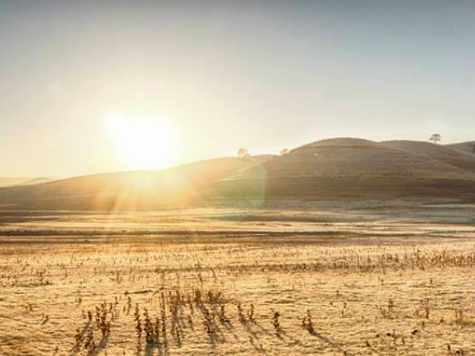California’s State Water Project is cutting its water allocation to farms and cities by five percent of capacity–to zero.
The Central Valley Business Times reports that the agency is taking the drastic step to prevent dwindling reservoirs from reaching the “dead pool” point, beyond which gravity alone will not be enough to move water out of them. That would require more drastic, and costly, intervention.
The last time agricultural allocations were cut to zero was in the drought of 1977, though cities still received 30 percent of their allocation that year.
The snowpack in the Sierra Nevada mountains, which provides much of California’s water, was measured at only 12 percent of normal last week. It would take a near-record amount of snow and rain over the course of the next several months–a repeat of the “miracle” snowfall of March 1991–to restore the state’s reservoirs.
The decision to halt all allocation to farms and cities means that many farmers will have to rely on groundwater. At least seventeen rural communities are in danger of suffering a severe water shortage in the immediate future.
The State Water Project has never had a total zero allocation in its 54 years of existence. Some water delivery will continue: water already bought will be delivered, as will water already stored by local agencies. The rest will be used to preserve the reservoirs.
In addition, state and federal authorities are seeking greater flexibility in their mandate to keep water flowing into waterways used by fish, both to preserve endangered and commercial fish stocks and to ensure that authorities can control the salinity of the Sacramento-San Joaquin Delta.

COMMENTS
Please let us know if you're having issues with commenting.